Brickie and Other Construction Nicknames: How Tradespeople Get Their Colloquial Names

Explore how construction workers earn nicknames that reflect their skills, roles, and site culture. On any construction site, you’ll hear a jumble of words that might sound like a foreign language to outsiders. Among these, nicknames like “Brickie” stand out, not just as shorthand but as badges of identity. These names aren’t random, they reflect […]






